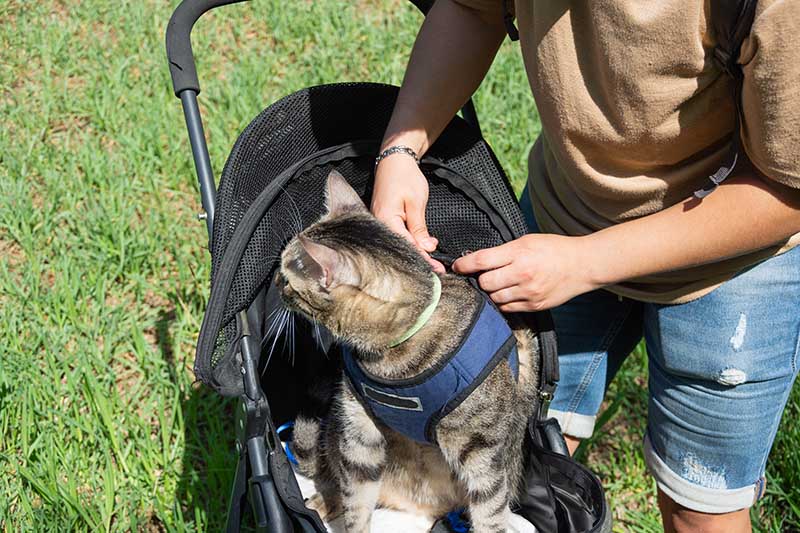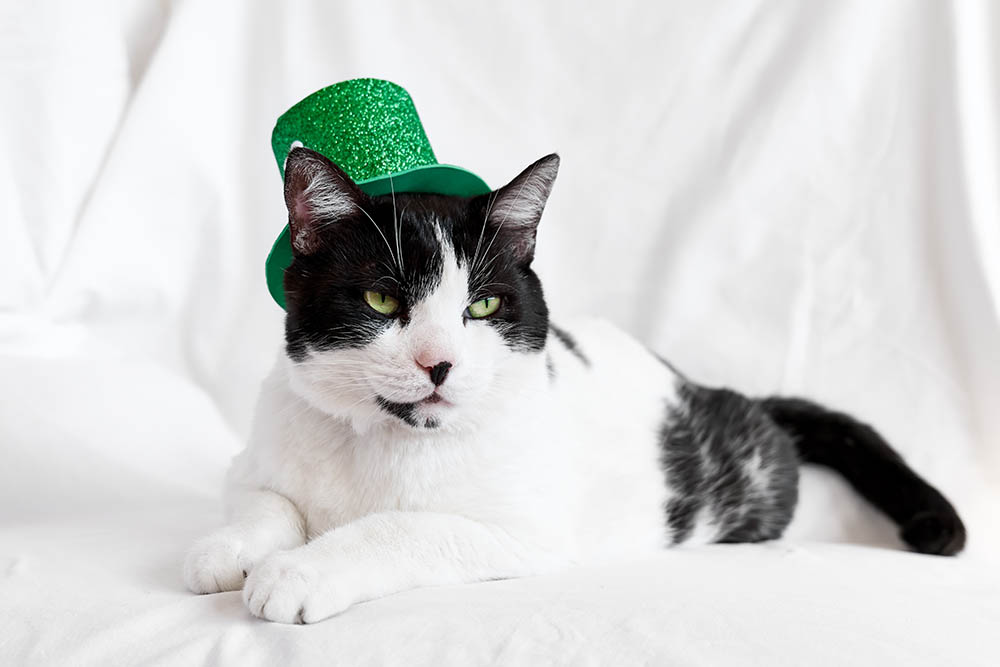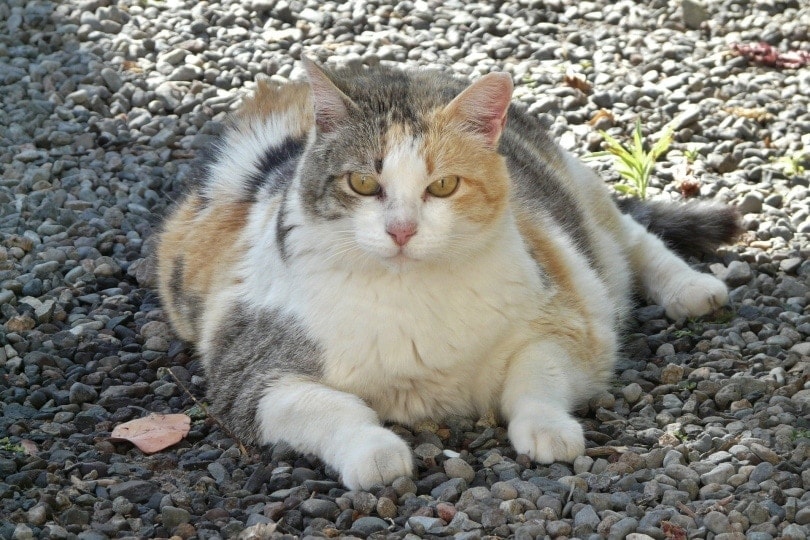How Big Do Birman Cats Get? Average Size & Growth Chart
By Beth Crane
Updated on

Click to Skip Ahead
The affectionate Birman cat is unique in physical characteristics and personality traits. These sweet cats have fluffy fur that’s beautifully marked, giving them a standout appearance. These stunning looks, coupled with their love of people and cuddles, make the Birman a very popular cat, but how big do they get?
Birman cats are typically fully matured and stop growing at around 12–14 months old, where they can reach 15 – 19 inches with a weight of 10 – 12 lbs. Read on to discover more about what factors affect how big they get and how to ensure they’re kept at a healthy size.
Birman Cat Overview
Birman cats, or the “Sacred Cats of Burma,” are an old breed with a history that’s shrouded in mystery. There are tales of these pretty felines being given as gifts from temples or as revered companions of temple priests, but their origin is unclear.
The Birman was likely taken to France, where they proliferated in Europe until World War II, where they almost became extinct. Luckily, the Birman thrived after the war, and their deep, sapphire-colored eyes continue to captivate cat lovers worldwide.
Birman cats are very people-oriented and love to curl up on their owners’ laps. Birmans are gentle and easy to handle, with a laid-back attitude that makes them ideal for new cat owners.

Birman Size and Growth Chart
Birman cats are classed as a medium-large breed, and males are typically larger than females. They are heavily furred (without an undercoat,) and appear stocky and heavy-set. They have shorter legs and tails than some other breeds, but they still share a similar growth rate to other cats.
| Age | Weight Range | Length Range |
| 2 months | 1–2 lbs | 8–10 inches |
| 4 months | 2–3 lbs | 9–11 inches |
| 6 months | 4–6 lbs | 11–12 inches |
| 8 months | 5–8 lbs | 12–13 inches |
| 10 months | 8–10lbs | 13–14 inches |
| 12 months | 9–11 lbs | 14–15 inches |
| 14 months | 10–12 lbs | 15–18 inches |
When Does a Birman Stop Growing?
Some larger cats, such as the Maine Coon, reach maturity and stop growing later than smaller breeds. However, Birman cats are typically fully matured and stop growing at around 12–14 months old.
Their coat development may take a little longer to mature, and all Birman kittens are born pure white! Their signature pointed coloring is developed later.

Factors Affecting the Size of Birmans
Birmans typically grow to their full length and weight if they’re healthy. Health and genetics are the two primary factors affecting a Birman’s size. Some genetic conditions, such as inherited bone disorders, can affect their size (e.g., osteochondrodysplasia or “dwarfism”), and the size of a Birman’s parents can influence their adult size.
When growing, kittens need more calories for energy and protein to build healthy muscle. Essential vitamins and minerals, such as calcium levels for correct bone growth, are also vital. Too much or too little food in kittenhood can affect your Birman’s overall size and weight in adulthood.
Ideal Diet for Maintaining a Healthy Weight
Because Birmans, like other cats, are obligate carnivores, a high-quality cat food rich in protein and low in carbohydrates is recommended. This can be provided in either a wet or dry diet, but commercial brands should meet the minimum requirements established by the Association of American Feed Control Officials (AAFCO).
Your veterinarian can provide guidance on how much food per day your Birman should be eating, as well as any supplements they might need. Underfeeding your Birman can lead to malnutrition, vitamin or mineral deficiencies, and an increased risk of infection.
A poor body condition can also lead to problems with organs and bodily systems if your Birman’s daily needs are not met. Equally, obesity is a concern since obese cats have a 2.8-fold increase in mortality compared to cats of a healthy weight.

How to Measure Your Birman
To measure your Birman, you can use a soft tape measure. Measure them from the tip of their nose to the base of their tail. For their height, take a measurement from the base of their paws to the base of their neck.
Weighing your cat can be more difficult, but setting them on the scale should be easy if the environment is calm and quiet. If your Birman prefers to be in your arms, you can weigh yourself without your cat, then reweigh yourself while holding your Birman. Then, subtract your weight from the weight of you and your cat to calculate your Birman’s weight.
Conclusion
Birmans are beautiful cats with a mystical past. These fluffy and blue-eyed beauties are easy-going and very loving, with long-haired coats and easily recognizable markings. Their fluffy fur can make them look bigger than they are, and it’s useful to know how big they should be. You can use the information in this article to keep your Birman healthy and happy.
Featured Image Credit: Nils Jacobi, Shutterstock











